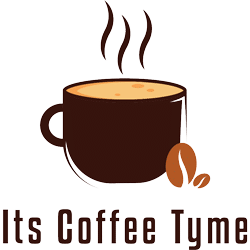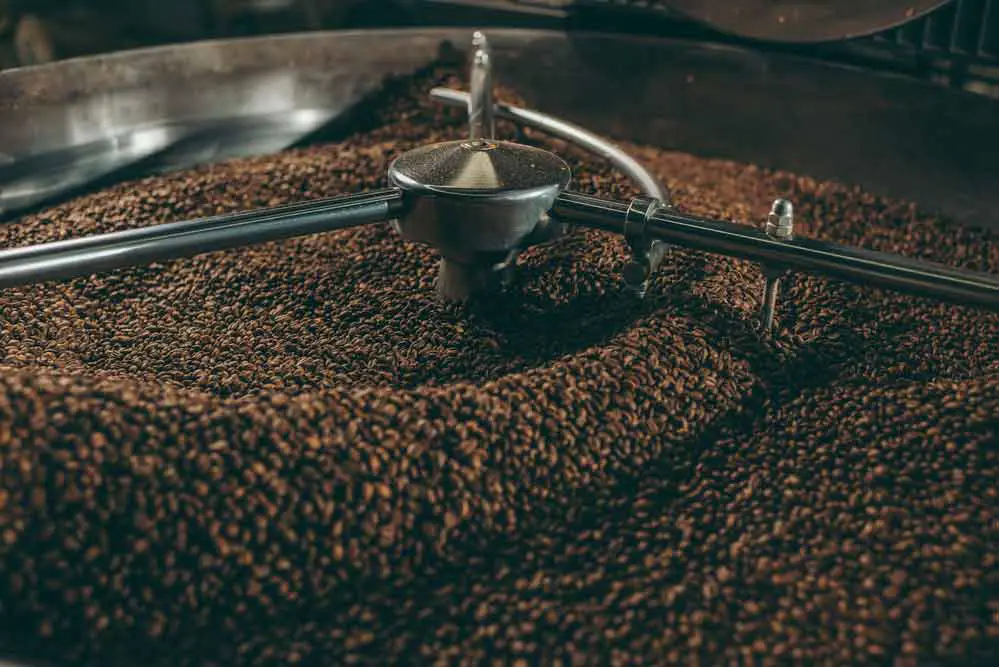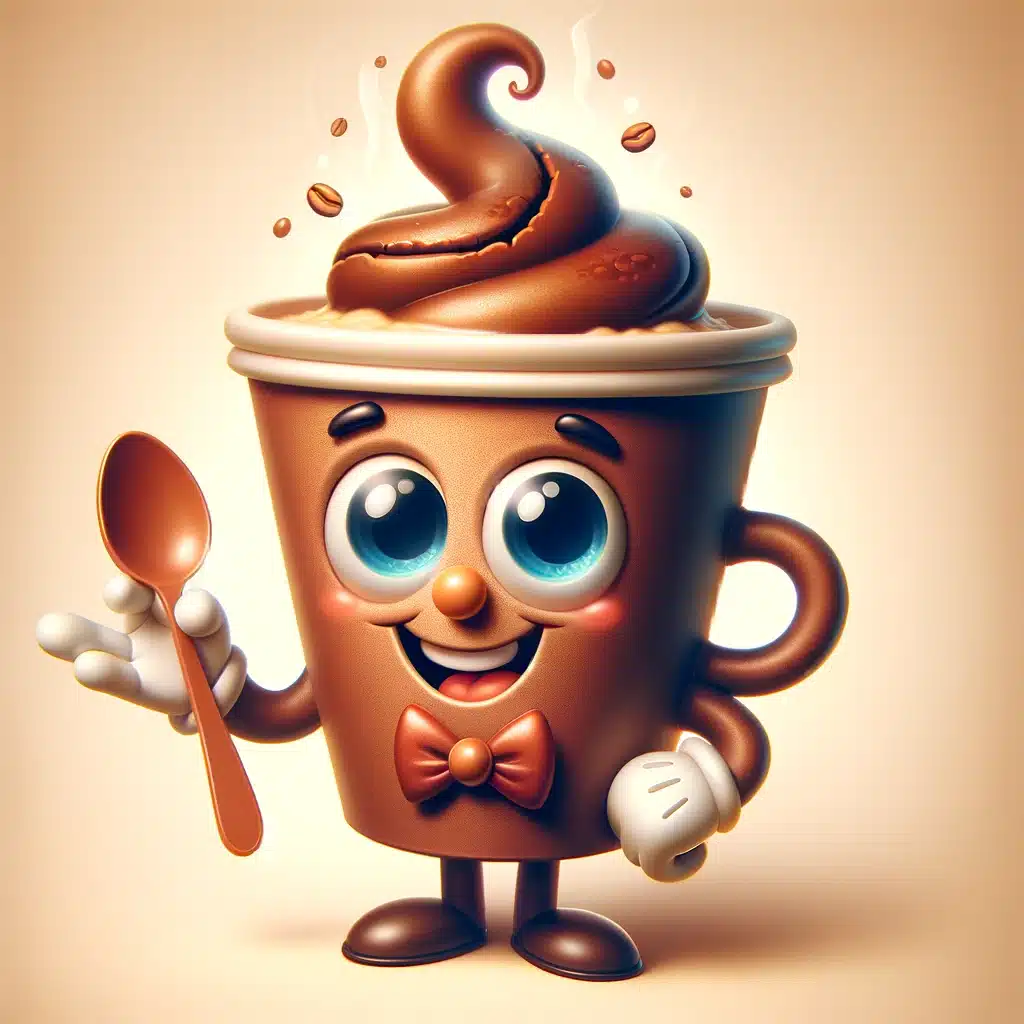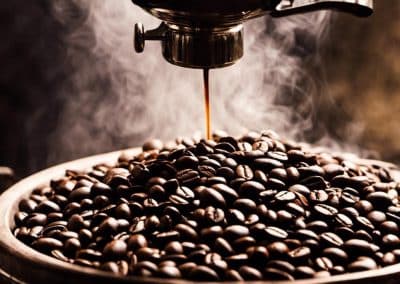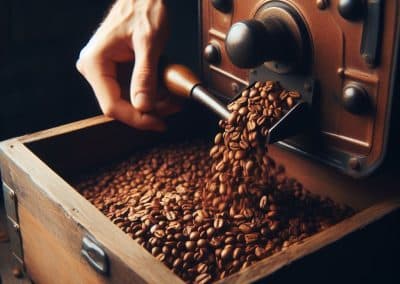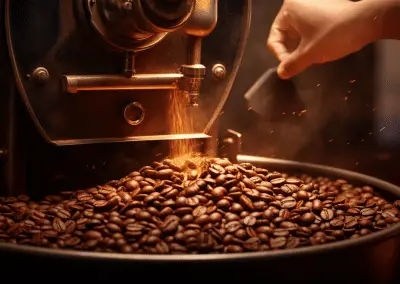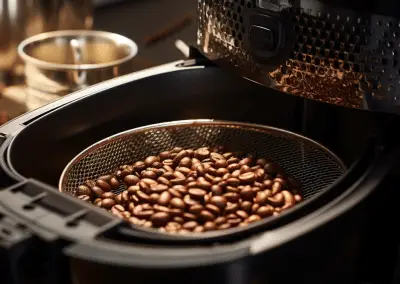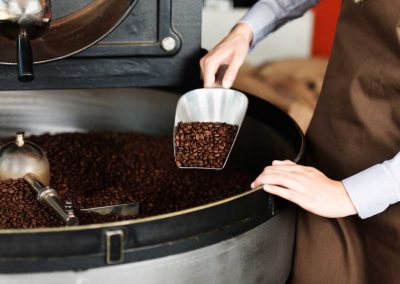Each and everyone of us who drinks coffee reacts differently to caffeine, that is why it’s important to know and understand how much caffeine can we get in a single cup of coffee. Your coffee’s quality is determined by a lot of factors including grind size, type of roast, tamping, brewing length, brewing technique, and caffeine content.
Coffee bean’s roasting has a significant effect on the caffeine level of your coffee. Light roast coffee has over 60% of caffeine level compared to dark roast. And while dark roasts have a more intense and robust flavor, its caffeine levels are much lower. Understanding and learning these things can help you decide which coffee is best for you.
How Does Roasting Time Affect Coffee’s Caffeine Content
Roasting coffee beans affects the caffeine level significantly. The longer the roasting time the lower the caffeine content, and the shorter the time, the higher caffeine levels. Roasting the beans burns off its caffeine and releases certain chemicals. These chemicals are released and activated at different times depending on the bean’s roasting time.
There are four types of roast, the light roast, medium roast, medium-dark, and dark roast. Roasting is a process that takes the beans into a series of changes.
What is the difference?
The size and the water content of the bean contributes to its caffeine level. That is why the lighter the roast the higher the caffeine content and the longer the roasting time, the lower the caffeine. It is safe to say that the fresh green coffee beans have the highest caffeine content. But be reminded that consuming these fresh green beans is not safe.
Light roasts
Placing the coffee bean in heat and waiting until you hear the first pop, first expansion and the increase in size before removing it completely makes a light roast. Light roast retains all its natural flavor and caffeine content.
Medium roast
Medium roast comes after light roast. In this stage, beans are left in heat a little longer after the first pop making the beans dry up. At this point, the beans are less acidic and will have less caffeine content. The same process applies to. medium-dark roast beans.
Dark roasts
Dark roast beans are left on the heat until the second crack. Beans have bitter flavor and has a shinier surface compared to other roasts. It will appear larger but lighter.
Does Roasting Coffee Make It Stronger?
Roasting coffee beans affects it strength. Dark roast have stronger and more robust flavors than light roast. It has a more bitter taste compared to medium roast. Coffee loses its natural flavor and acidity throughout the roasting process.
The following are key features of dark roast coffee that can make you identify them easier.
- They have oily surface
- Dark roast has heavier body that will give your mouth a thick coat when you consume it.
- Tones of chocolate, wood, or spice.
- A stronger coffee aroma
What Determines Caffeine Level in Coffee?
The caffeine level of coffee is determined by several factors like the type of roast, brewing method, type of beans, and the amount of coffee you use.
Type Of Roast
As the roasting process takes longer, beans lose their water. This decrease their weight and affects their caffeine content because most of the qualities of a coffee bean is in their water, including caffeine resulting in less caffeine for longer roasting time.
The type of coffee beans
The particular coffee beans in question are Arabica and Robusta. Most people usually go for Arabica coffee due to its taste, which is sweet and fruity, and high acidity level. However, their caffeine content is almost half that of Robusta.
On the other hand, robusta coffee has a bitter and higher caffeine level, and it’s also cheaper than Arabica. They are easier to grow and manage making them way cheaper.
Brewing Techniques
If you want to make a cup of coffee with high caffeine, you will need to use a brewing method that extracts more coffee from the grounds. This is because certain brewing factors influence the quality and caffeine content of your coffee. For example, if you use a finer grind, there will be more surface area for the water to extract caffeine from.
- The grind size of the coffee beans will determine the caffeine content in the brew. If the beans are ground into a finer powder, there will be more surface area exposed which will result in a higher caffeine level.
- Water temperature plays an important role in coffee brewing. Hot water will extract more caffeine from the coffee grounds than cold water, resulting in a stronger cup of coffee. For this reason, many coffee aficionados recommend using hot, but not boiling, water when brewing coffee.
- Brewing methods that involve completely immersing the coffee grounds produce coffee with higher caffeine levels than pour-over methods. This is because complete immersion allows for a longer brewing time, which in turn means more caffeine is extracted from the grounds.
To optimize your coffee extraction, you’ll want to find the perfect balance between several different factors. These include the coarseness of your grind, the amount of coffee you’re using, and how long you let the water brew. By experimenting with different ratios of these variables, you can discover the perfect blend that will give you maximum flavor from your coffee grounds.
How Much Caffeine Is Too Much?
Health professionals recommend that 400 milligrams of caffeine per day is a safe amount for healthy adults to consume. However, consuming more than this may have negative consequences and be harmful to one’s health. That is equivalent to 4 cups of brewed coffee, tens cans of cola, or two servings of energy drink. Remember that caffeine varies per drink so check the nutritional label for a more exact level of caffeine.
Caffeine consumption can be dangerous for children, especially when consumed in large quantities or mixed with alcohol. Adolescents should avoid consuming too much caffeine, and pregnant or lactating mothers should avoid caffeine altogether. Women who are trying to get pregnant should also avoid caffeine, as it can increase the risk of miscarrying.
In Conclusion
In general, the lighter the roast of your coffee, the higher the caffeine content will be. This is due to the roasting process itself, which can break down or remove some of the caffeine present in the beans. Consequently, this also affects the flavor and strength of your coffee.
